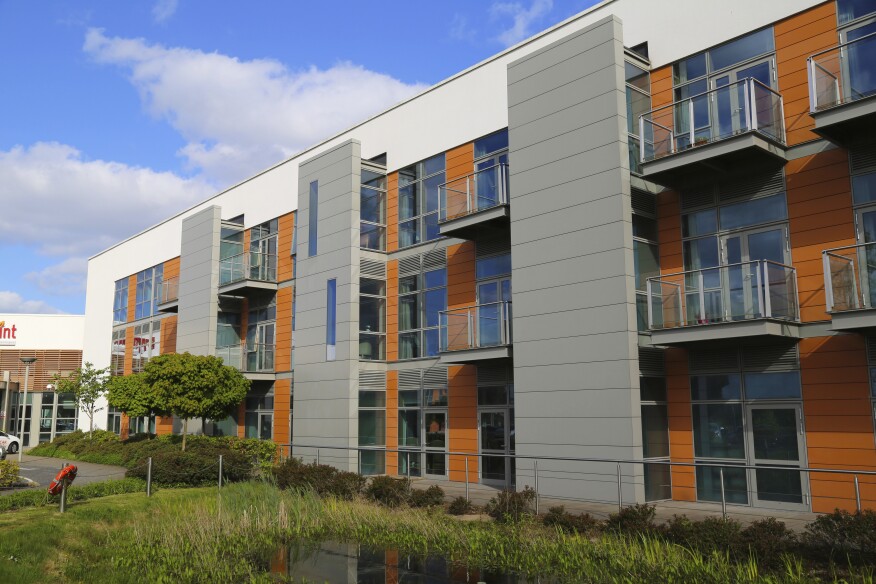The Architect’s Philanthropist
Resource type: News
Architect | [ View Original Source (opens in new window) ]
While many have reflected on the modest man who flew coach and wore a $10 wrist watch, I will remember the stories from hundreds of people whose lives were changed under the canopy of buildings, campuses, and infrastructure made possible by his generosity.
Architecture is often seen as a luxury rather than a necessity, particularly in the resource-constrained non-profit sector. At MASS (Model of Architecture Serving Society) Design Group, we have spent more than a decade advocating that everyone deserves good design. We documented the profound impact of buildings—proving that the design of a building has measurable impacts on people and communities, while creating ripple effects that influence systemic change.

The Atlantic Philanthropies invested in building projects, recognizing that the design and functionality of spaces profoundly influence human behavior and social outcomes. By 2015, one-third of their grantmaking, amounting to almost $7 billion, was channeled towards non-profit capital endeavors. From primary health care facilities in rural Vietnam, prestigious educational institutions in Ireland, to heritage sites in South Africa, Feeney intuitively understood that buildings could drive positive change, promote peace, and uphold dignity.
As Atlantic approached its sunset, they sought to learn from the impact of their investment in capital projects and capture the lessons learned of these processes to share with the field. In 2015 they hired MASS to conduct an impact evaluation of select buildings in their portfolio. The two-year study covered a myriad of projects around the globe. Through interviews and assessments, we unearthed the multifaceted impacts of these projects. Each story, each experience, underscored the transformative power of architecture and its ability to amplify an organization’s objectives. The report determined that the best results occur when a project is built with purpose—grounded in a clear and strategic mission that informs design decisions, and with a scope that matches what its organization can afford to build, operate, and maintain. It also demonstrates the profound influence a single funder can have on shaping our built environment.
Moreover, Feeney believed in making big bets on the transformative potential of architecture projects. He actively sought out nonprofit leaders who had a vision for the future and invested in them, asking critical questions about the scope of a project, investing not only in construction costs but in strategic planning, site selection, or development of the design brief. Engagement and financial support upstream of the typical phases of architecture helped ensure the project’s success and impact at scale. His investments allowed nonprofits and their designers to build with integrity, doing what was right and good over what was quickest or lowest cost. He understood the limits of the public and private development markets to provide this critical support and saw his role as a philanthropist to fill the gap.

Learning from the impact of Feeney’s investments in the built world was a gift. However, his passing leaves a gap that new philanthropists and foundations need to fill. As communities all over the world grapple with systemic inequities embedded in the fabric of our neighborhoods and nations more than ever, we need investment from the philanthropic sector to create alternative methods of funding and support for nonprofits to bring bold ideas beautifully into the world. In Feeney’s passing, we lost a great champion, strategist, and true believer in the built environment but through his life, he leaves us with a model for creating change that is lasting and possible.
Learn more about Feeney’s legacy in The Atlantic Philanthropies and the S. D. Bechtel, Jr. Foundation Purpose Built Series, including Making Capital Projects Work and related tools: Planning for Impact, Charting Capital Results, Impact-based Design Methodology, Planning for Indigenous Impact.
About the Author
Patricia Gruits, AIA, is MASS Design Group’s Co-Executive Director. She has worked across the globe supporting nonprofits and community leaders in bringing their bold ideas for the future into reality. For the last decade Patricia has led design teams on projects including the African Leadership University, the Ellen DeGeneres Campus of the Dian Fossey Gorilla Fund, and the Maternity Waiting Village in Malawi. Her research and work has resulted in the creation of the Purpose Built series, a set of tools for creating impact-driven design, implemented across MASS projects.